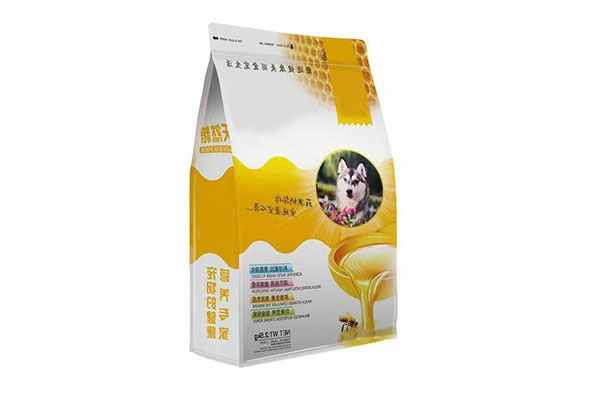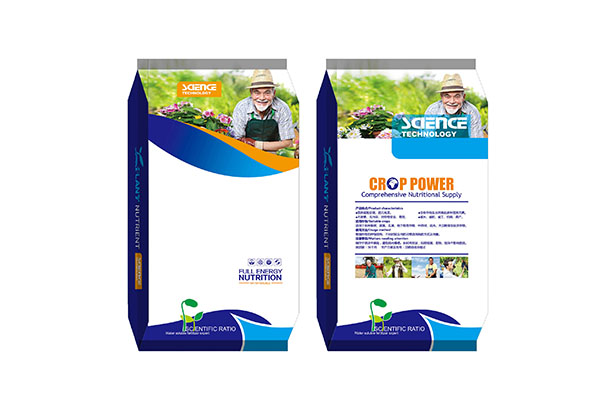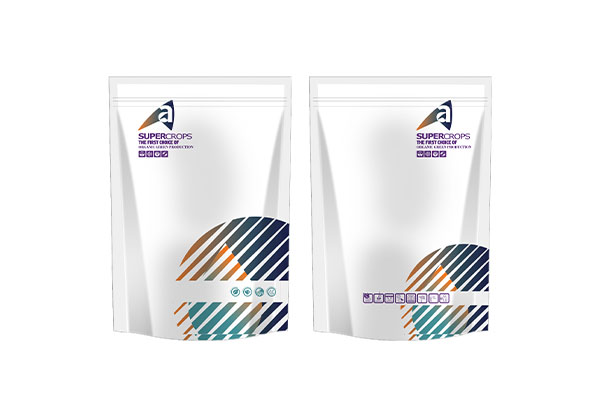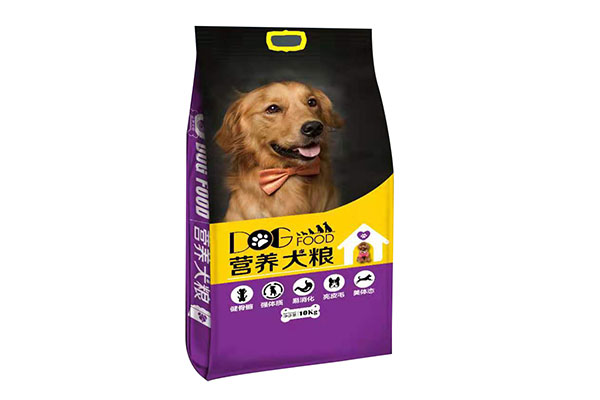How do zipper bags balance tightness and reusability?
Release Time : 2025-10-22
In modern packaging design, zipper bags, with their advantages of stand-up display, aesthetic appeal, and space-saving design, are widely used in a variety of applications, including food, daily chemicals, pet supplies, coffee, nuts, tea, and condiments. However, consumers not only demand that the bag "stand upright," but also prioritize "tight sealing and reusability." This is especially true for products that are susceptible to moisture, require preservation, or require long-term storage, where tightness and convenience are crucial factors influencing the user experience.
1. Zipper Closure Technology: The Core Design for "Reusability"
The key to the zipper bag's reusability lies in its integrated press-fit zipper closure. This zipper typically consists of a pair of interlocking plastic tabs and grooves, typically made of polyethylene or polypropylene. It is highly compatible with the bag's material and offers a secure heat seal. Users simply press gently to close and pull firmly to open, making operation easy and tool-free. More importantly, this zipper structure forms multiple seals when closed, effectively blocking the intrusion of air, moisture, and odors, significantly extending the shelf life of the product.
2. Heat-sealing technology ensures initial seal strength
The zipper bag's "three-side seal" structure involves heat-pressing the left and right sides and bottom of the bag to create a stable, leak-proof bag. This process ensures the bag's inherent seal, preventing side leaks or bottom cracking even under pressure during transportation and stacking. Furthermore, the zipper seal is securely bonded to the bag using precise heat-sealing parameters during manufacturing, preventing it from falling apart or leaking during use. High-quality heat sealing not only enhances overall sealing performance but also provides a fundamental guarantee for the zipper's long-term durability.
3. Multi-layer composite materials enhance barrier properties
To further enhance the sealing effect, zipper bags typically utilize multi-layer composite structures, such as PET/AL/PE, PET/VMPET/PE, and NY/PE. PET provides printability and mechanical strength, while aluminum foil or aluminized film offers excellent oxygen, light, and moisture barriers. The inner PE layer provides heat sealing and flexibility. This structure effectively isolates moisture, oxygen, and UV rays, preventing oxidation, moisture, and deterioration of the contents. Even if the zipper is opened and closed repeatedly, the bag's inherent high-barrier material minimizes environmental damage to the product, ensuring that convenient opening and closing does not sacrifice freshness.
4. User-Friendly Design Enhances User Experience
Beyond functionality, zipper bags also incorporate user convenience in every detail. For example, some zipper designs feature guide grooves or raised opening points to facilitate quick locating. A tear-off notch or groove is included on the bag's top for easier first-time opening. Some high-end models feature double zipper pulls or wide seals for smoother closure and more reliable sealing. Furthermore, a transparent window allows consumers to clearly see the remaining contents after repeated opening and closing, preventing waste.
5. Wide Compatibility with Automated Packaging Systems
The zipper bag's structural design not only serves end users but is also highly compatible with modern automated packaging production lines. The zippered stand-up pouch can be automatically formed, filled, and heat-sealed on vertical packaging machines. The zipper is precisely pressed together during sealing, ensuring that every bag is fully sealed upon shipment. This combination of industrialization and user-friendliness allows brands to ensure packaging efficiency while providing consumers with a high-quality user experience.
The zipper bag's ability to achieve both airtightness and reusability is a result of the in-depth integration of zipper closure technology, heat-sealing techniques, multi-layer composite materials, and user-friendly structural design. It's more than just a packaging format; it serves as a bridge between brands and consumers, guaranteeing a commitment to freshness and user-friendliness.
1. Zipper Closure Technology: The Core Design for "Reusability"
The key to the zipper bag's reusability lies in its integrated press-fit zipper closure. This zipper typically consists of a pair of interlocking plastic tabs and grooves, typically made of polyethylene or polypropylene. It is highly compatible with the bag's material and offers a secure heat seal. Users simply press gently to close and pull firmly to open, making operation easy and tool-free. More importantly, this zipper structure forms multiple seals when closed, effectively blocking the intrusion of air, moisture, and odors, significantly extending the shelf life of the product.
2. Heat-sealing technology ensures initial seal strength
The zipper bag's "three-side seal" structure involves heat-pressing the left and right sides and bottom of the bag to create a stable, leak-proof bag. This process ensures the bag's inherent seal, preventing side leaks or bottom cracking even under pressure during transportation and stacking. Furthermore, the zipper seal is securely bonded to the bag using precise heat-sealing parameters during manufacturing, preventing it from falling apart or leaking during use. High-quality heat sealing not only enhances overall sealing performance but also provides a fundamental guarantee for the zipper's long-term durability.
3. Multi-layer composite materials enhance barrier properties
To further enhance the sealing effect, zipper bags typically utilize multi-layer composite structures, such as PET/AL/PE, PET/VMPET/PE, and NY/PE. PET provides printability and mechanical strength, while aluminum foil or aluminized film offers excellent oxygen, light, and moisture barriers. The inner PE layer provides heat sealing and flexibility. This structure effectively isolates moisture, oxygen, and UV rays, preventing oxidation, moisture, and deterioration of the contents. Even if the zipper is opened and closed repeatedly, the bag's inherent high-barrier material minimizes environmental damage to the product, ensuring that convenient opening and closing does not sacrifice freshness.
4. User-Friendly Design Enhances User Experience
Beyond functionality, zipper bags also incorporate user convenience in every detail. For example, some zipper designs feature guide grooves or raised opening points to facilitate quick locating. A tear-off notch or groove is included on the bag's top for easier first-time opening. Some high-end models feature double zipper pulls or wide seals for smoother closure and more reliable sealing. Furthermore, a transparent window allows consumers to clearly see the remaining contents after repeated opening and closing, preventing waste.
5. Wide Compatibility with Automated Packaging Systems
The zipper bag's structural design not only serves end users but is also highly compatible with modern automated packaging production lines. The zippered stand-up pouch can be automatically formed, filled, and heat-sealed on vertical packaging machines. The zipper is precisely pressed together during sealing, ensuring that every bag is fully sealed upon shipment. This combination of industrialization and user-friendliness allows brands to ensure packaging efficiency while providing consumers with a high-quality user experience.
The zipper bag's ability to achieve both airtightness and reusability is a result of the in-depth integration of zipper closure technology, heat-sealing techniques, multi-layer composite materials, and user-friendly structural design. It's more than just a packaging format; it serves as a bridge between brands and consumers, guaranteeing a commitment to freshness and user-friendliness.







